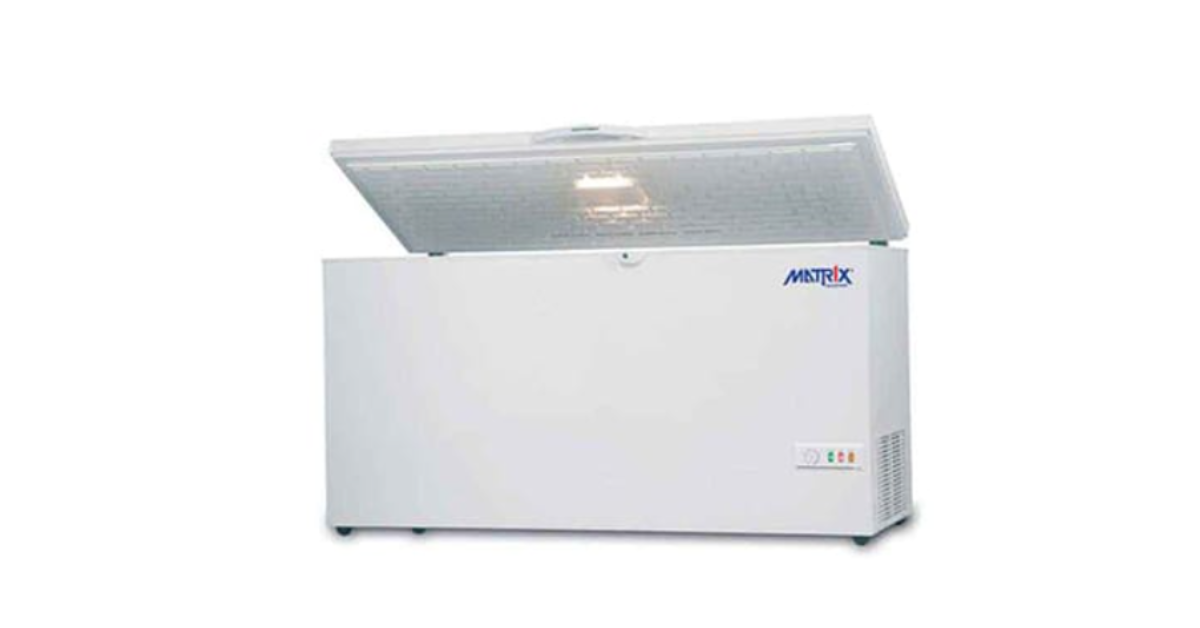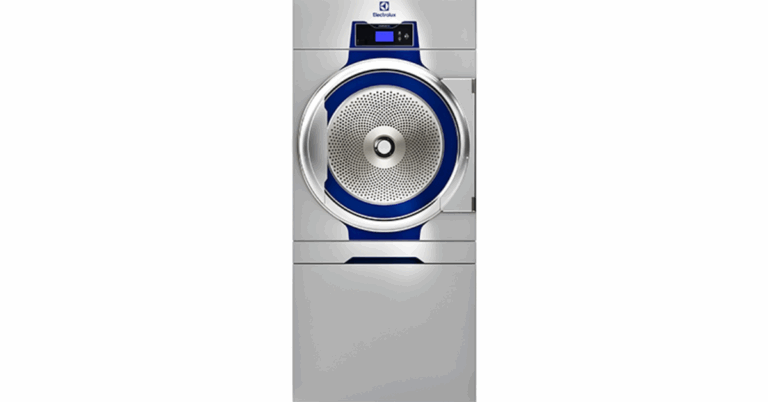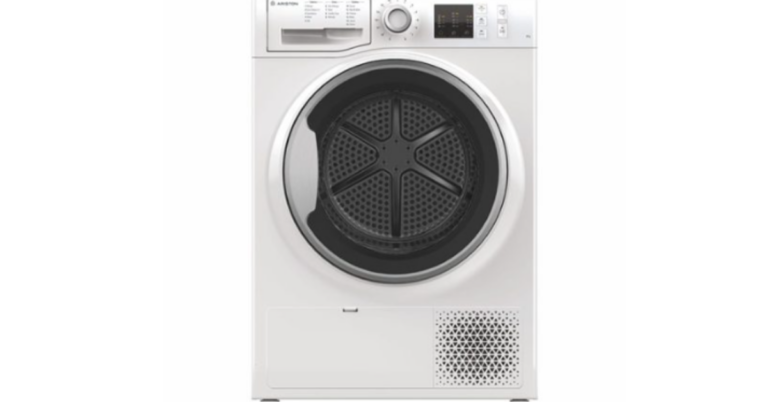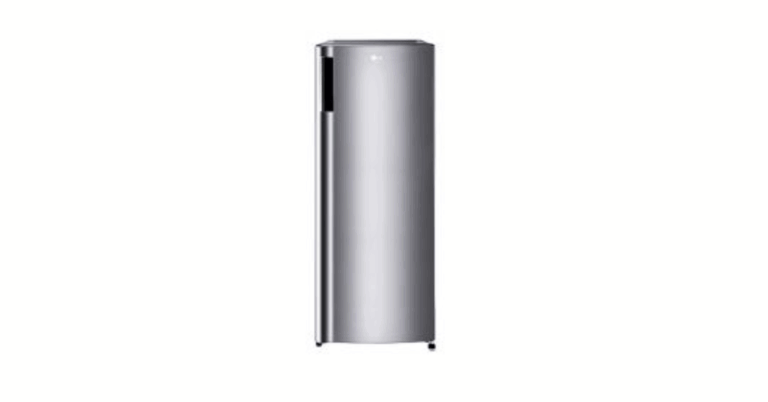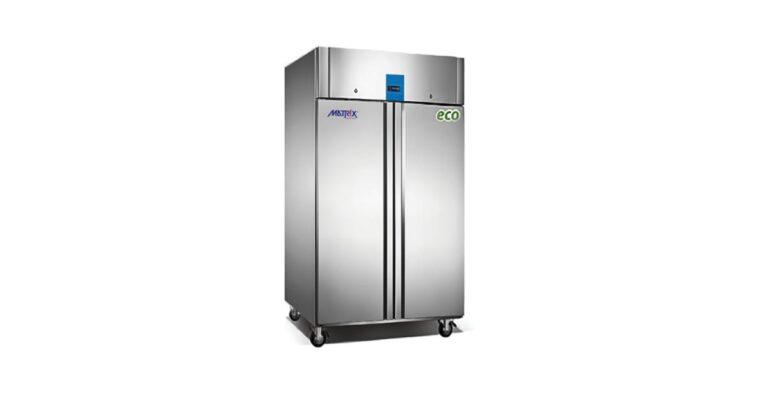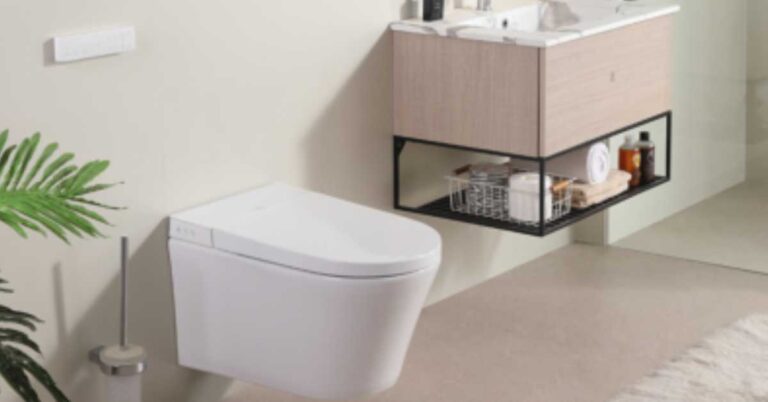Choosing the Right Freezer for Seaworthy Storage: The 158L Marine Chest Freezer 60Hz
In the demanding world of marine operations cruise liners, fishing vessels, supply boats, research ships equipment must perform reliably under heat, motion, humidity, and salt spray. A key component in provisioning and food storage is a freezer that can both endure and deliver. The 158L Marine Chest Freezer 60Hz is one such solution. Compact yet capacious, built with marine-grade materials, and tuned for 60 Hz power systems, it offers many of the features needed for dependable cold storage at sea. In this article, we explore its design, performance, advantages, challenges, and best practices for use onboard vessels.
Understanding the 158L Marine Chest Freezer 60Hz
What Does “158L Marine Chest Freezer 60Hz” Mean?
-
158L refers to its storage capacity: about 158 liters of interior usable volume suitable for moderate amounts of frozen provisions, seafood, ice, or perishables.
-
Marine chest freezer implies it is built with components and materials resistant to the harsh marine environment—salt corrosion, vibration, humidity, and motion.
-
60Hz denotes the electrical frequency for which it is optimized. Many marine vessels (especially in certain regions) run on 60 Hz power systems, and a freezer built for 60 Hz ensures compatibility with those systems without performance loss or undue stress on components.
A well-designed marine chest freezer of 158L configured for 60 Hz use caters specifically to vessels and marine installations operating in regions where 60 Hz is the standard.
Key Specifications & Features
Based on product descriptions and typical marine-grade freezers:
-
Storage temperature range often lies between –18 °C to –24 °C, suitable for deep freezing.
-
The construction uses marine-grade aluminum interiors to resist corrosion, along with an external shell engineered for tropical or high-humidity climates.
-
A corrosion-resistant hinged lid (with lock) and reliable gasket system help ensure seal integrity under motion.
-
Adjustable feet or mounting options help in securing the freezer on uneven decks.
-
Use of eco-friendly refrigerants (e.g. R290) is common to reduce environmental impact and maintain efficiency.
-
Compact footprint: organizations specify external dimensions in the range of ~950 mm × 550 mm × 850 mm (approximate) and net weights around 35 kg (for the 220V/60 Hz version)
-
For power consumption, comparable chest freezers of 158L often report around 1.1 kWh per 24 h in standard conditions.
These specs render the 158L marine chest freezer 60Hz as a balanced choice: not overly large (which risks overconsumption and wasted space) but sufficient for many marine cold storage needs.
The Advantages of Using a 158L Marine Chest Freezer 60Hz
1. Optimized for Vessel Power Infrastructure
Vessels running on 60 Hz electrical grids (or generators) will benefit from a freezer designed for that frequency. Using a 50 Hz–only unit on a 60 Hz system (or vice versa) can lead to inefficiencies, increased wear, or even failure of the compressor or motor.
2. Compact but Adequate Storage
With 158 liters of freezer volume, this unit is suitable for mid-sized inventories of frozen goods without occupying excessive space—a valuable trait aboard vessels, where real estate is limited.
3. Marine-Grade Design for Harsh Environments
Because it is constructed with an emphasis on resistance to saltwater, humidity, and vibration, it is better suited for the marine environment than a standard land-based chest freezer.
4. Energy Efficiency and Lower Operating Costs
Given the constrained power capacity on ships (and often reliance on generators), energy efficiency matters. A well-insulated, properly spec’d chest freezer with efficient compressor and minimal heat ingress can reduce fuel consumption and generator load over time.
5. Reliability and Longevity
With components resistant to corrosion, robust hinges, sealed insulation, and proper design tolerances (for heeling, pitching, rolling), this freezer can offer years of useful service in marine settings.
Considerations and Challenges Before Deployment
Electrical and Power Matching
-
Ensure that the voltage and frequency match the ship’s supply (e.g. 220V, 60 Hz or 110V, 60 Hz variants when needed, depending on region).
-
In some regions, dual-frequency or dual-voltage models are offered; ensure you procure the correct variant or a version with sufficient tolerance.
Heat Load & Ambient Conditions
-
The thermal load on a vessel’s freezer is often higher: ambient temperatures may be high, solar gain may occur, and repeated door openings during provisioning cause heat ingress.
-
The freezer must have sufficient cooling margin to maintain setpoints under worst-case ambient scenarios at sea.
Motion and Stability
-
The unit should be able to withstand tilt and pitch angles (e.g. ±30° continuous, ±45° transient), without damage to internal components or loss of coolant circulation.
-
The mechanical structure, hinges, door seals, and insulation must be secured against vibration and shock.
Corrosion and Salt Exposure
-
Even minimal salt intrusion can degrade components over time. Choosing a unit with marine-grade coatings, stainless or aluminum interiors, and corrosion protection for coils and wiring is critical.
Maintenance, Spare Parts & Support
-
Access to replacement compressors, gaskets, thermostats, and control parts should be ensured, especially if the vessel will be operating far from major ports.
-
The manufacturer or distributor should provide service documentation, schematics, and preferably a global support network.
Energy Supply Reliability
-
Vessels should verify the capacity of onboard power generation to handle startup currents (which may be several times running current) and continuous load.
-
Surge protection and stable power supply are crucial to prevent damage to compressors.
Best Practices for Installation and Operation
Proper Placement & Ventilation
-
Allow sufficient clearance around condenser coils for airflow. Congested spaces can impair heat rejection.
-
Place on a stable, vibration-dampened platform or mounting frame. Ensure leveling and secure bolting to the deck.
Pre-cool Before Loading
-
Start the freezer a few hours before provisioning to allow it to reach deep-freeze temperatures before loading fresh stock.
Load Strategically
-
Avoid over-packing. Maintain air circulation around items so cold air can freely circulate and maintain uniform temperatures.
-
Use baskets or compartments to organize items and minimize frequent lid opening.
Minimize Lid Open Time
-
Implement protocols to minimize how long the lid remains open during provisioning or retrieval, reducing heat ingress and preventing frost load.
Routine Maintenance
-
Regularly inspect gaskets, hinges, and seals for wear or degradation.
-
Clean condenser coils periodically to prevent dust or salt buildup that impairs cooling.
-
Monitor temperature stability and log temperature fluctuations.
-
Perform preventive checks on compressor, relays, and defrosting if needed.
Defrosting Considerations
-
While marine chest freezers are usually manual-defrost types, plan defrosting schedules based on observed frost accumulation.
-
Use ambient-insulated covers or shrouds during defrost to prevent warm air ingress into adjacent spaces.
Use Cases & Applications at Sea
Cruise Ships & Passenger Vessels
These ships have galley and service areas requiring reliable cold storage for processed foods, ingredients, ice, and provisions for passengers and crew. A compact, efficient 158L marine chest freezer serves as a supplemental or auxiliary unit.
Fishing Vessels & Trawlers
These vessels may store catch for short periods before transfer to onboard larger cold stores or to ports. A rugged 158L chest freezer can act as staging storage for selected catch or bait, preserving quality.
Research & Survey Vessels
When conducting biological sampling, marine laboratories, or remote operations, compact freezers are crucial for preserving samples, reagents, or food for crews operating far from port.
Offshore Platforms & Support Vessels
These platforms or their support vessels may require backup freezers for spares, medical, or food reserves. A 158L unit provides flexibility without imposing large power demands.
Comparison and Market Context
Though many commercial freezers exist, marine-optimized models command premium features: corrosion resistance, vibration tolerance, higher tolerances, and engineered design for motion. In standard markets, ultra-low temperature or industrial freezers of 158L have also been produced (for example, a –45 °C variant) in horizontal chest configuration but must be specially ruggedized for marine use. Zhejiang Jiesheng Refrigeration Also, typical 158L freezers in the broader commercial sphere may quote ~1.1 kWh/24 h power usage and support 50 Hz/60 Hz operation. Alibaba But such units may lack marine-specific robustness or materials.
Thus, when procuring, buyers should treat a marine chest freezer 60Hz as a purpose-built appliance rather than a repurposed land freezer.
Conclusion
The 158L Marine Chest Freezer 60Hz occupies a niche but important role in the cold-storage infrastructure aboard vessels that run on 60 Hz power systems. With its balanced capacity, marine-rated construction, efficient design, and compatibility with onboard systems, it can reliably keep food, seafood, or biological material frozen even under challenging maritime conditions. To maximize value and longevity:
-
Ensure the right variant (voltage, frequency) is selected.
-
Install properly with ventilation and security.
-
Operate with care: pre-cool, minimize lid openings, load sensibly.
-
Maintain regularly and plan for spare parts.
When chosen carefully and managed well, a 158L marine chest freezer 60Hz becomes an indispensable asset in marine provisioning and operations—bridging the gap between tucked-away freezers and full-scale cold storage on the high seas.

